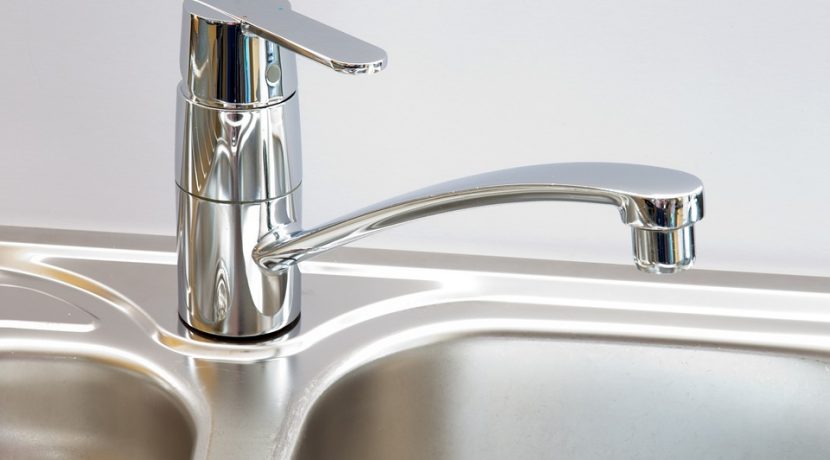For those homes that are on a well system, and even many homes that aren’t, a water softener is an essential appliance that keeps minerals you don’t want in your tap water – because they can cause staining and calcification in your pipes — out of your plumbing system. A water softener works by absorbing those unwanted minerals using resin beads, and replacing them with sodium before the water makes its way through your home. It’s an efficient system that makes getting potent water into your home easy, but the resin tank can experience buildup of iron and other minerals.
The best time to clean the resin tank is when it’s running low on salt, so that you don’t have to unload all of the salt that’s in it. There are two ways to clean the tank: The first is to unplug the water softener unit and remove the resin tank by unscrewing the bolts and disconnecting the valve. You can then clean the tank using bleach and water before reinstalling the tank.
However, the easier and more common way of cleaning your tank is to buy an iron-removing product made specifically for water softeners (available at most home improvement stores), which will chemically change the iron into a soluble state that can be rinsed away with water. Follow the directions on the package as to how much of the product to use and then remove the control panel cover and find the manual regeneration button. Using a screwdriver, turn the button to the “Service” setting to start the regeneration and flush the wastewater through the system.
Before closing everything back up, remove any salt or iron buildup on any of the other smaller parts of the water softener using a cleanser and brush.
All rights reserved to the initial publisher for How Stuff Works.
Collected and published by Arms &McGregor International Realty® editorial team. Get in touched with us at [email protected]

